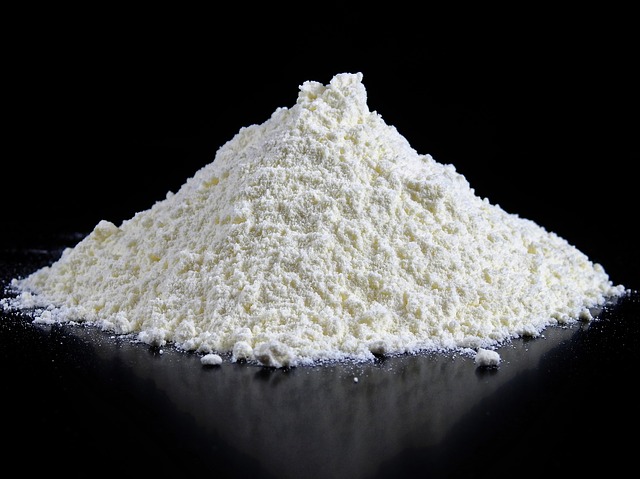The makers of Soylent – a popular open source meal replacement available in liquid and powder forms – have figured out that the ingredient algae has been making their customers sick, according to a report from Fortune.
The company has been investigating its products since receiving a number of complaints that its Food Bar and Soylent 1.6 Powder were causing gastrointestinal distress, including nausea and vomiting.
The company found that algal flour – an ingredient based on algae – could be the offending ingredient. Soylent is now working on a new recipe to replace the algal flour.
Soylet receives its batches of algal flour from the biotechnology company TerraVia. TerraVia contests Soylent’s results, and maintains that the ingredient it safe for consumption.
TerraVia told Fortune,
Our algal flour has been used in more than 20 million servings of products, and we are aware of very few adverse reactions. In no cases was algal flour identified as the cause.
TerraVia added that Soylent’s products contain more than 40 components, a number of which have “well documented digestive side effects.”
Soylent has not received any complaints of gastrointestinal distress for its pre-made drinks, the only one of three products it makes without algal flour, which strengthened its conclusion that the culprit was the flour.
Bloomberg noted that the symptoms customers experienced were similar to those reported by some people who ate Honey Stinger energy bars. Honey Stinger bars were also made with TerraVia’s whole algal protein. TerraVia was aware of the complaints, notifying a distributor in July that there were a “modest number of reports” that algal protein could result in gastrointestinal distress.
Soylent claims that it was not informed of the gastrointestinal issues linked to TerraVia’s whole algal protein, because the company does not use the ingredient in any of its products. TerraVia told to Fortune that algal powder and whole algal protein are “fundamentally different ingredients” and it would be inaccurate to regard the two ingredients as the same thing.
























